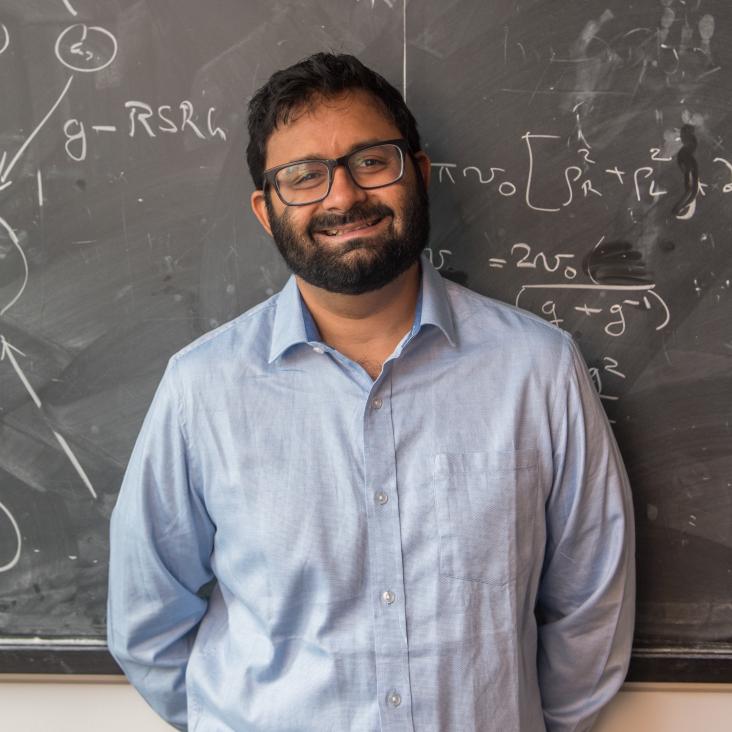Long-time divergences in the nonlinear response of gapped one-dimensional many-particle systems
SciPost Physics SciPost 19:4 (2025) 086
Abstract:
SciPost Journals Publication Detail SciPost Phys. 19, 086 (2025) Long-time divergences in the nonlinear response of gapped one-dimensional many-particle systemsGate-tunable double-dome superconductivity in twisted trilayer graphene
Nature Physics Springer Nature (2025)
Abstract:
Graphene moiré systems are ideal environments for investigating complex phase diagrams and gaining fundamental insights into the mechanisms that underlie them, as they permit controlled manipulation of electronic properties. Magic-angle twisted trilayer graphene has emerged as a key platform for exploring moiré superconductivity due to the robustness of its superconducting order and the ability to tune its energy bands with an electric field. Here we report the direct observation of two domes of superconductivity in the phase diagram of magic-angle twisted trilayer graphene. The dependence of the superconductivity of doped holes on the temperature, magnetic field and bias current shows that it is suppressed near a specific filling of the moiré flat band, leading to a double dome in the phase diagram within a finite range of the displacement field. The transport properties are also indicative of a phase transition and the potentially distinct nature of superconductivity in the two domes. Hartree–Fock calculations incorporating mild strain yield an incommensurate Kekulé spiral state whose effective spin polarization peaks in the regime where superconductivity is suppressed in the experiments.Putting a new spin on the incommensurate Kekulé spiral: from spin-valley locking and collective modes to fermiology and implications for superconductivity
(2025)
Classification of spin-12 fermionic quantum spin liquids on the trillium lattice
Physical Review B American Physical Society (APS) 112:10 (2025) 104429
Abstract:
We study fermionic quantum spin liquids (QSLs) on the three-dimensional trillium lattice of corner-sharing triangles. We are motivated by recent experimental and theoretical investigations that have explored various classical and quantum spin liquid states on similar networks of triangular motifs with strong geometric frustration. Using the framework of projective symmetry groups (PSG), we obtain a classification of all symmetric and QSLs on the trillium lattice. We find two spin-liquids, and a single spin-liquid that is proximate to one of the states. The small number of solutions reflects the constraints imposed by the nonsymmorphic symmetries in the space group of the trillium lattice. Using self-consistency conditions of the mean-field equations, we obtain the spinon band-structure and spin structure factors corresponding to these states. All three of our spin liquids are gapless at their saddle points: one of the two QSLs is nodal, while the case hosts a spinon Fermi surface. One of our spin liquids hosts a stable gapless nodal star that is protected by projective symmetries against additions of further neighbor terms in the mean-field ansatz. We comment on directions for further work.Emergent Interacting Phases in the Strong Coupling Limit of Twisted M-Valley Moiré Systems: Application to SnSe${}_2$
(2025)


